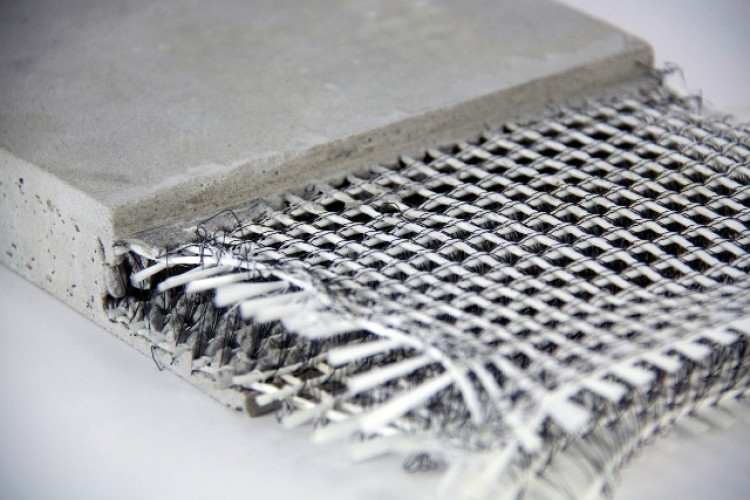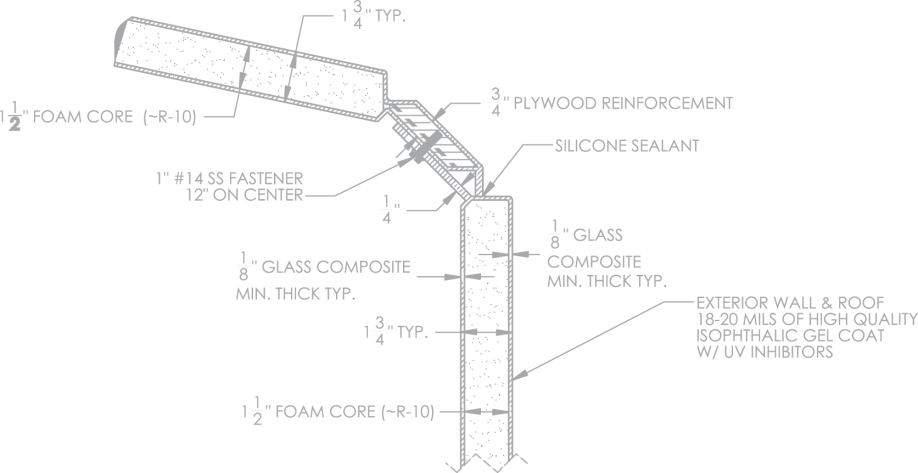Cutting-edge Composites in Modern Structure Projects
Cutting-edge Composites in Modern Structure Projects
Blog Article
Unlocking the Ecological Benefits of Recycled Composites in Building And Construction and Layout
In the world of construction and layout, the utilization of recycled compounds holds substantial promise for improving sustainability methods and lowering environmental effect. The change towards a much more sustainable future in these markets hinges on unlocking the full potential of recycled composites.

Environmental Impact Reduction
The reduction of ecological influence via using recycled compounds in construction and layout plays an important function in sustainable techniques. By including recycled composites into structure products, the building market can considerably decrease its carbon impact and add to a more green future. These sustainable materials, made from repurposed plastics, timber fibers, or other recycled components, provide a viable choice to conventional construction products without compromising on top quality or toughness.
Recycled composites help draw away waste from garbage dumps and lower the requirement for extracting resources, therefore conserving natural deposits. Furthermore, the manufacturing process of these composites usually takes in less energy and releases fewer greenhouse gases contrasted to generating virgin materials (composites). This change towards using recycled compounds not just reduces environmental harm but also advertises a circular economy by encouraging the reuse of products that would otherwise be discarded
Waste Minimization
With an emphasis on lessening waste in construction and style, the assimilation of recycled composites provides a lasting remedy to reduce environmental effect. Waste reduction is an essential aspect of sustainable methods, and the usage of recycled composites provides a possibility to accomplish this objective effectively. By utilizing products that have actually currently offered their preliminary objective, such as recycled plastics or recovered wood fibers, the building and construction and style industries can considerably decrease the quantity of waste created and sent out to landfills.
Recycled compounds have the prospective to divert considerable amounts of waste from standard disposal methods, adding to an extra circular economy where sources are utilized efficiently. Furthermore, the production procedure of recycled composites usually consumes less energy and generates less emissions compared to virgin materials, better lowering the ecological impact of construction and style jobs.
Applying waste minimization techniques with the incorporation of recycled composites not only aids in preserving natural deposits but likewise advertises a more lasting technique to building and designing for a greener future.
Power Preservation
Integrating recycled composites not just reduces waste in construction and design yet likewise plays a vital function in boosting power conservation techniques within the sector. Using recycled composites in building and construction can dramatically add to power conservation via different means. To start with, the production of virgin products normally needs substantial power inputs, whereas utilizing recycled composites consumes much less power, consequently decreasing overall power consumption. Furthermore, including recycled composites can add to far better insulation residential or commercial properties in structures, reducing the requirement for too much heating or cooling, and subsequently lowering energy use for environment control. The light-weight nature of lots of recycled composites can lead to lighter frameworks, needing much less power for transportation and installation. By advertising making use of recycled composites in construction and layout, the market can make considerable strides towards attaining energy effectiveness and reducing its carbon footprint, inevitably adding to a much more lasting constructed environment.
Carbon Impact Decrease
Enhancing sustainability methods through the application pop over to this web-site of recycled compounds in building and design significantly reduces the carbon impact of the market. By incorporating recycled products into the production of compounds, the requirement for virgin resources lowers, bring about lower energy intake and greenhouse gas discharges connected with typical production processes. This decrease in carbon footprint is crucial in combating environment modification and promoting an extra ecologically friendly strategy to building and construction and style.
Moreover, the use of recycled composites additionally assists in diverting waste from landfills, thus minimizing the environmental influence advice of disposal and advertising a round economy. The carbon footprint reduction attained through the adoption of recycled compounds straightens with the international push in the direction of lasting methods and the decrease of industrial discharges. It showcases a dedication to accountable source management and a shift in the direction of greener alternatives in the building and layout this article industries. Inevitably, by focusing on the integration of recycled compounds, the sector can make significant strides in decreasing its carbon footprint and adding to an extra sustainable future.
Sustainable Future
The combination of recycled composites in construction and design not just addresses immediate environmental concerns but also lays a strong foundation for a sustainable future in the sector. By incorporating recycled compounds right into building materials and items, the construction and design fields can dramatically reduce their dependence on virgin resources, causing a much more round economic climate. This change in the direction of sustainability is important for mitigating the ecological impact of standard building and construction methods, which often lead to high degrees of waste generation and source deficiency.

Final Thought
To conclude, recycled compounds supply substantial ecological benefits in building and construction and style by lowering ecological effect, minimizing waste, conserving power, reducing carbon impact, and promoting a lasting future. Welcoming the usage of recycled composites can contribute to an extra environmentally-friendly strategy to building and design, ultimately leading to an extra sustainable and greener future for all.
The reduction of ecological influence with the use of recycled compounds in building and construction and style plays a crucial duty in lasting practices.With an emphasis on decreasing waste in building and construction and style, the combination of recycled composites offers a lasting option to minimize ecological effect. By promoting the usage of recycled compounds in building and style, the industry can make substantial strides in the direction of achieving power efficiency and lowering its carbon impact, ultimately contributing to a much more sustainable built atmosphere.

Report this page